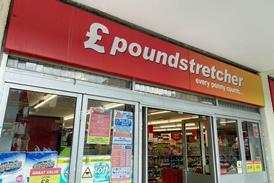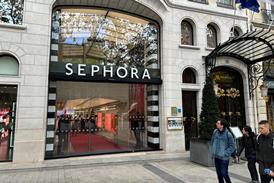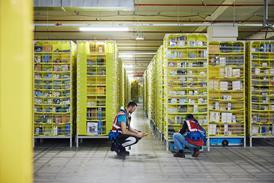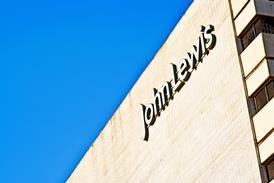Analysis: How coronavirus is really impacting Tesco

Tesco unveiled its full-year results today, but another stellar 12 months of profit and margin gains played second fiddle to its ongoing response to the coronavirus crisis.
Britain’s biggest grocer has been at the forefront of retail’s reaction to the pandemic, drafting in tens of thousands of new workers, ramping up its online delivery capacity, making quicker payments to its smaller suppliers and fundamentally changing how its stores operate as part of its drive to feed the nation.
As restaurants, pubs and coffee shops closed their doors last month, and shoppers flocked to stock up on products such as toilet paper, eggs, pasta and tinned goods, the conclusion from some observers was that Tesco and its food retail rivals were in for a healthy payday.
But how has the coronavirus crisis really impacted Tesco? And what does that tell us about the rest of the grocery industry, with Sainsbury’s and the Co-op both due to update the market before the month is out.
Already have an account? Sign in here

















